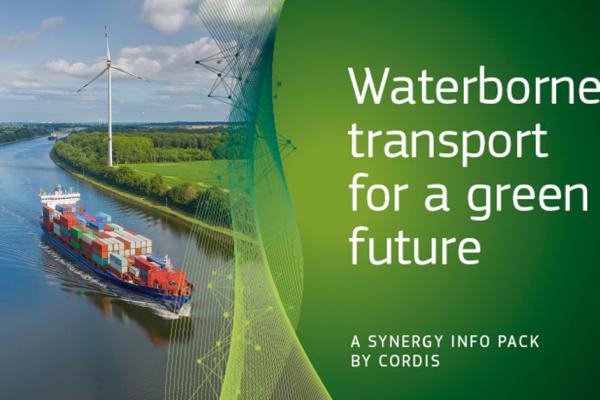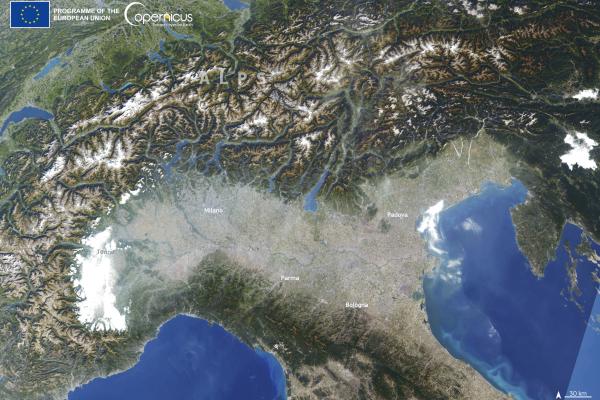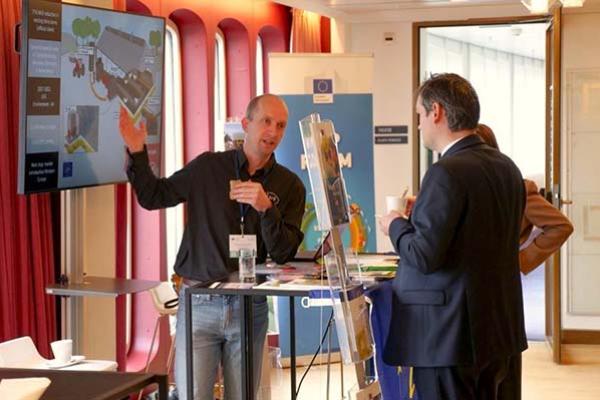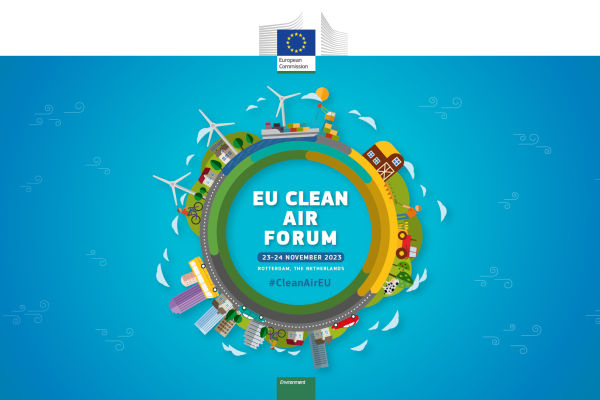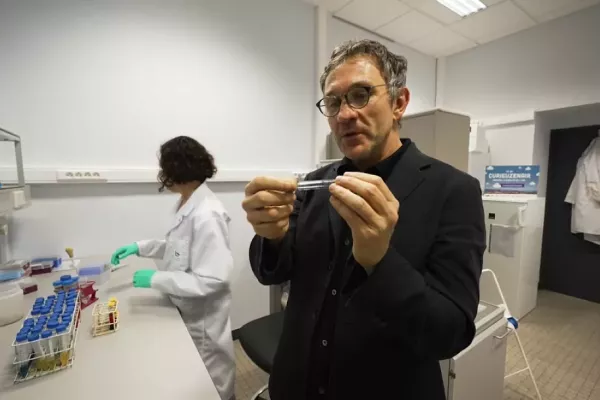Overview
The Ambient Air Quality Directives set EU air quality standards for 12 air pollutants: sulphur dioxide, nitrogen dioxide / nitrogen oxides, particulate matter (PM10, PM2.5), ozone, benzene, lead, carbon monoxide, arsenic, cadmium, nickel, and benzo(a)pyrene. The Directives take into account relevant World Health Organisation standards, guidelines and programmes.
The Directives also guide the assessment of air quality by establishing a representative high-quality monitoring network, with more than 4 000 air quality monitoring stations across the EU, and by exchanging reliable, objective, comparable information on air quality, including to a wider public. Where levels are elevated above limit or target values (see EU air quality standards), Member States should prepare an air quality plan or programme to address the sources responsible to ensure compliance and to keep exceedance periods as short as possible. In addition, information on air quality should be disseminated to the public.
Background
Since the 1980s, the EU has adopted policies on air quality. The current Ambient Air Quality Directives have inherited many provisions, including many air quality standards from previous legislation. These policies have contributed to the decrease of exceedances for most air pollutants over the past decade. However, the air quality challenge is far from being solved. Although the number of people exposed to air pollution has significantly decreased over recent decades, persistent exceedances above EU air quality standards remain for several air pollutants.
Objectives
The Ambient Air Quality Directives
- define common methods to monitor, assess and inform on ambient air quality in the EU
- establish objectives for ambient air quality to avoid, prevent or reduce harmful effects on human health and the environment
Law
Legislation
- Directive 2008/50/EC on ambient air quality and cleaner air for Europe
- Directive 2004/107/EC relating to arsenic, cadmium, mercury, nickel and polycyclic aromatic hydrocarbons in ambient air
- Commission Directive (EU) 2015/1480 amending several annexes to Directives 2004/107/EC and 2008/50/EC
- 2011/850/EU: Commission Implementing Decision of 12 December 2011 laying down rules for Directives 2004/107/EC and 2008/50/EC of the European Parliament and of the Council as regards the reciprocal exchange of information and reporting on ambient air quality
Revision of the Ambient Air Quality Directives
On 26 October 2022, as part of the European Green Deal, the Commission proposed to revise the Ambient Air Quality Directives. The revision aligns the air quality standards more closely with the recommendations of the World Health Organization (see the latest WHO Air Quality Guidelines, published on 22 September 2021). For example, the annual limit value for fine particulate matter (PM2.5) will be reduced by more than half.
The proposal
- puts the EU on track to achieve zero pollution for air by 2050
- foresees a regular review of the air quality standards, in line with latest scientific evidence
- further improves the legal framework, providing more clarity on access to justice, damage redress, effective penalties, and better public information on air quality
- will better support local authorities in achieving cleaner air by strengthening air quality monitoring, modelling, and air quality plans
- merges the current two Directives into one and streamlines provisions to clarify and simplify the rules
Find out more about the 2019 evaluation (‘fitness check’) and the revision of the Ambient Air Quality Directives.
EU air quality standards
The EU air quality standards of the Ambient Air Quality Directives are summarised on this page.
Implementation
Member States must report on air quality zones designated under the Ambient Air Quality Directives.
Under certain conditions and for certain pollutants, the deadline to achieve compliance with limit values was extended.
Assessing ambient air quality should be based on common methods and criteria for air quality monitoring and modelling.
Tools
Up-to-date information on ambient concentrations of the different pollutants should regularly be made publically available.
Spatial representativeness of sampling points is at the core of setting up monitoring networks.
Related links
Main laws: Directive on ambient air quality and cleaner air for Europe, Directive on arsenic, cadmium, mercury, nickel and polycyclic aromatic hydrocarbons in ambient air
Related topics: Industrial emissions, Urban environment
Related strategies: Commission Communication - A Europe that protects: Clean air for all, Zero Pollution Action Plan
Related Commission priorities: European Green Deal

